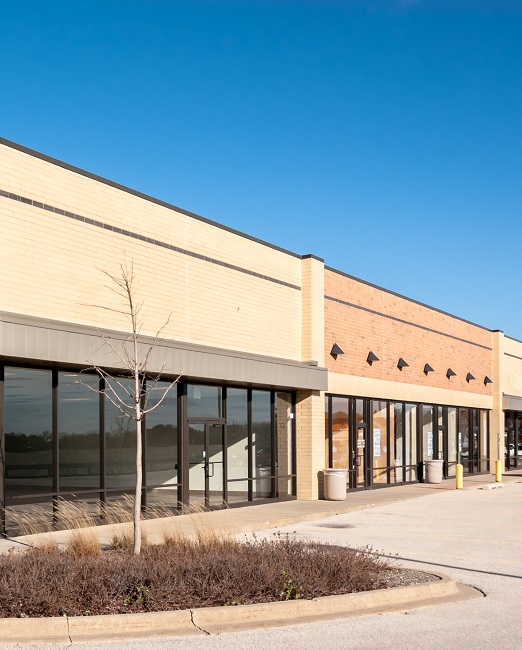Traditional Stucco vs EIFS: What to Know Before Choosing
The characteristics of EIFS and traditional stucco can look interchangeable to the naked eye. They may look similar, but there are major differences in their properties. Factoring these properties into your decision-making will help you chose the right cladding option. 
Traditional stucco
The first layer consists of a mixture of Portland cement, sand, lime and water. The second layer combines several components to create a system that redirects water to the outside.
EIFS
It stands for Exterior Insulation & Finish System. It is a multilayered building envelope including expanded polystyrene, a fiberglass mesh coat, and a polymer finish coat.
Designs
EIFS and traditional stucco differ in a range of characteristics and convenience. Traditional stucco is rigid and cementitious. That makes it better suited for carving and uneven exterior designs. In the other hand, EIFS is a flexible material much softer than stucco. It’s ideal for attaching ornate decorations that may crack traditional stucco if mounted against it. For instance, a permanent pattern engraved onto the facade is more achievable with traditional stucco.
Installations
Each system has its own installation method that optimizes its utility. EIFS insulating polystyrene coat is applied directly over the wall sheathing. It leaves no breathable space for water evaporation. However, stucco concrete is separated from the wall sheathing by standoffs and wire lath. That small cavity allows penetrated water to evaporate. That makes it better to combat moist in vulnerable places such as beach homes and basement walls.
Durability
Traditional stucco is very strong and can withstand high impact. But its tendency to crack over time makes it a higher maintenance option. It may require additional layers of acrylic polymer finish that expands and contract with temperature. On the other hand, the EIFS Styrofoam insulation makes it a better thermal option. Also, its energy efficiency quality stabilizes your home temperature despite extreme climate changes. Unlike traditional stucco, it’s very susceptible to high impact damage. Traditional stucco would prevail against the pressure of heavy and sharp objects
Conclusion
The ability to evaluate your options can save you from unnecessary long term hassle. The knowledge will help you better prepare your property for weather conditions, impact and aesthetics. If you are looking for further information or cladding layering services please contact us.
